Original NetFlot Partners
The network of NetFlot currently consists of 10 partners from European’s leading research institutes, universities and industry in the area of flotation.
-
System component modelling & experiment
µm-Analysis
-
Fluid dynamics modelling & experiment
Lab experiment
-
Floatation cell modelling & experiment
Pilot plant
-
Circuit modelling & experiment
Industrial application

Partner Type: University
Area of Expertise: Experiment
Scale: Lab Experiment | Micrometer Scale | Pilot Plant
Country: Finland

Partner Type: University
Area of Expertise: Experiment
Scale: Lab Experiment | Micrometer Scale
Country: France
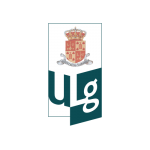
Partner Type: University
Area of Expertise: Experiment | Modelling
Scale: Lab Experiment | Micrometer Scale
Country: Belgium
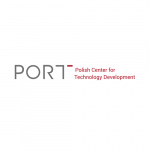
Partner Type: Research
Area of Expertise: Experiment
Scale: Lab Experiment | Micrometer Scale
Country: Poland
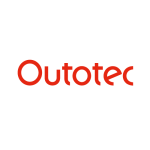
Partner Type: Industry
Area of Expertise: Experiment | Modelling
Scale: Industrial Application
Country: Finland
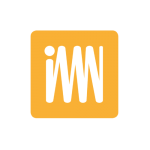
Partner Type: Research
Area of Expertise: Experiment
Scale: Lab Experiment | Micrometer Scale | Pilot Plant
Country: Poland
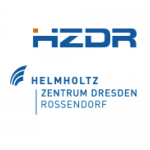
Partner Type: Research
Area of Expertise: Experiment | Modelling
Scale: Lab Experiment | Micrometer Scale
Country: Germany
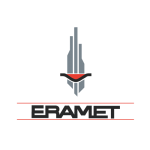
Partner Type: Industry
Area of Expertise: Experiment
Scale: Lab Experiment | Micrometer Scale | Pilot Plant
Country: France
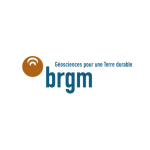
Partner Type: Research
Area of Expertise: Experiment | Modelling
Scale: Lab Experiment | Micrometer Scale
Country: France
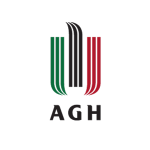
Partner Type: University
Area of Expertise: Experiment | Modelling
Scale: Lab Experiment | Micrometer Scale
Country: Poland

